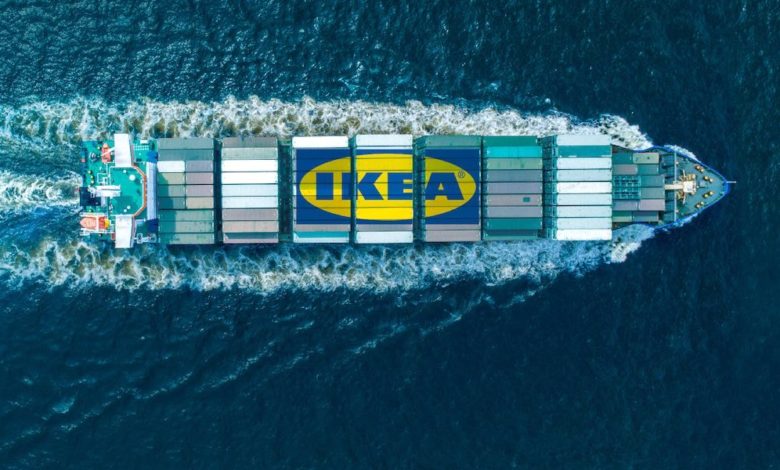IKEA selects Hapag-Lloyd for biofuel shipments

Hapag-Lloyd has entered a cooperation with IKEA to use biofuel for shipments from Asia in a year’s trial period, something the Scandinavian retail giant estimates will slash CO2 emissions by around 100,000 tonnes.
IKEA’s goal is to reduce the relative GHG emissions from their product transportation by 70% by 2030 and to only use zero emission heavy duty vehicles and ocean vessels by 2040.
“It’s through efforts like this one that we can reduce immediate emissions from ocean shipping in the short-term”, says Dariusz Mroczek, category area transport manager, IKEA Supply Chain Operations. “However, biofuel is not the ultimate solution and we need to continue to collaborate to make the necessary shift toward zero emission fuels and technologies.”
Last month, Splash reported on the Zero Emission Maritime Buyers Alliance (ZEMBA), an initiative of Cargo Owners for Zero Emission Vessels (coZEV) facilitated by the Aspen Institute, which includes the likes of IKEA, Nike and Amazon as founding members, selecting Hapag-Lloyd as the winner of its first tender.
ZEMBA announced Hapag-Lloyd had won the two-year contract to ship goods on voyages that achieve at least a 90% reduction of greenhouse gases on a lifecycle basis relative to fossil fuel-powered services. Through this deal, more than a dozen ZEMBA members have collectively committed to purchase the environmental attributes associated with over 1bn container-miles of zero-emission shipping on a route from Singapore to Rotterdam in 2025-2026.
